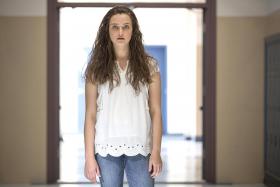The role I took with this project was to edit all of the clips together, and make sure they were synced up to the audio.
The audio and some footage was from this link: https://www.youtube.com/watch?v=p0DRp13umjQ with other footage being from here: https://www.youtube.com/watch?v=6JD8GtlrprE , here: https://www.youtube.com/watch?v=eBvrrWxGiSc , here: https://www.youtube.com/watch?v=1jvDSez2TAc , and here: https://www.youtube.com/watch?v=_BVvJKXhMWE . The locations were different venues around the world: San Antonio Texas at Alamo City Music Hall, Toronto Canada at the Opera House, Atlanta Georgia at The Tabernacle, Sacramento California at The Ace Of Spades, and Amsterdam at The Melkweg.
There were quite a few risks when it cam to filming this project, the main risk being that the noise levels are severe at concerts. This was a risk to the crew, as seen on the risk assessment. The thing we did to reduce the risk was to use ear plugs that minimised the noise intake to make it less harmful on the crew's ears. Other risks shown below include strobe lights and night working.

























